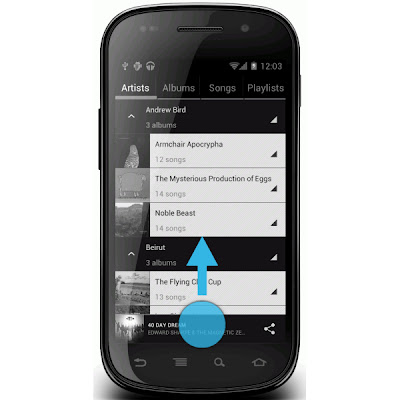Samsung has pushed its Galaxy S II smartphone to a variety of markets and with a great deal of capabilities inside. A new model is getting ready to emerge, and will land on shelves at Japanese wireless carrier KDDI with WiMAX connectivity.
At KDDI, the new smartphone will feature model number ISW11SC when made available for purchase, and will run under Google’s Android 2.3 operating system.
The new mobile phone will arrive on shelves with a large 4.7-inch touchscreen HD Super AMOLED display with that can deliver a 1280 x 720 pixels resolution and will be powered by a 1.4GHz dual core
application processor.
The specs list of this device will include 11GB of user accessible memory, complemented by a microSD memory card slot that can support up to 32GB of additional storage space.
On the back, the new device sports an 8-megapixel photo snapper that can offer 1080p HD video recording capabilities. On the front, it sports a 2-megapixel camera for video calling.
Samsung packed this device with Wi-Fi IEEE802.11a/b/g/n, Bluetooth (ver.3.0 + HS), Global Passport (CDMA), and Hotspot capabilities (with support for up to 8 simultaneous connections).
The features list of KDDI’s Samsung Galaxy S II smartphone includes LISMO! MUSIC, GPS navigation, Skype and jibe for communication, email, security enhancements, and the like.
The smartphone measures 69 × 133 × 9.5 mm (2.71 x 5.23 x 0.37 inches) and weighs 139g (4.9 oz). Its battery can deliver up to 6.7 hours of talk time, or up to 420 hours of standby time.
It is rather interesting that Samsung has decided to launch yet another WiMAX-capable device, although most of its 4G lineup is powered by LTE, though user demand was certainly of great importance here.
KDDI’s WiMAX-capable flavor of Galaxy S II was already listed on the wireless carrier’s website, but no specific info on the release date has emerged for the time being.



 1/17/2012 11:47:00 PM
1/17/2012 11:47:00 PM
 dannzfay
dannzfay






























